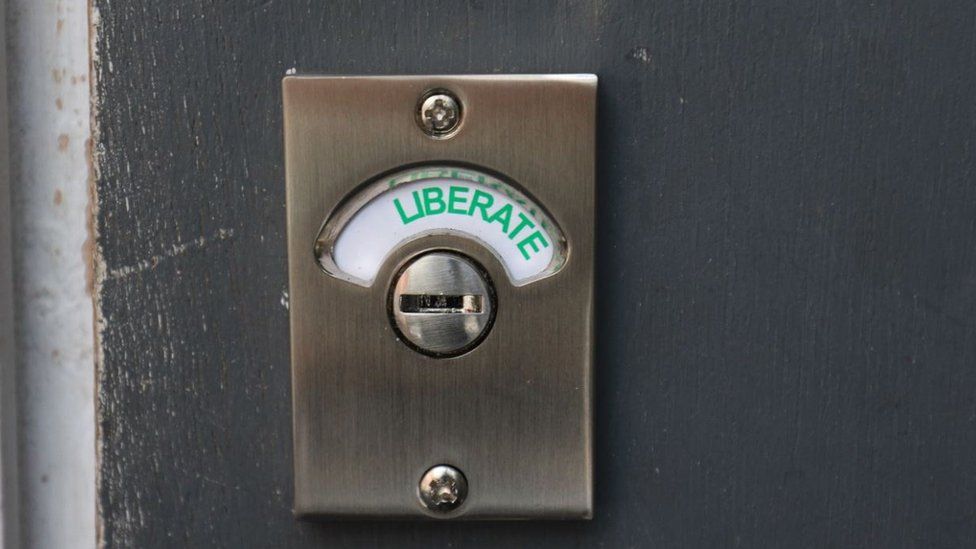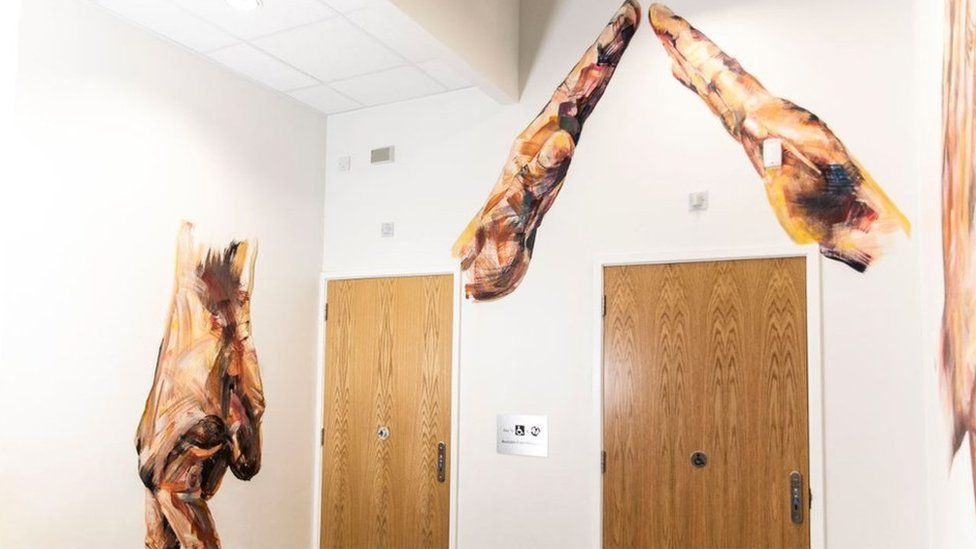Louvre or Loo-vre?
A.A.A. (Accessible Art for All) is a project co-funded by the Creative Europe program of the European Union, created to spread important messages for current and future European society through Toilet Art.
The project is a multi-purpose cooperative work that aims to raise awareness of future European generations through the arts (visual, digital, street art) in the toilets of museums, festivals, schools, stations, and other community spaces.
Leicester will be the first of 5 cities to host the exhibition, with others including Rome, Hamburg, and Sofia.
The show will take place in Leicester lavatories, which will be all open to the public.
Accessible
Toilets are not always accessible to everyone; according to the project, toilets will be transformed into spaces that can be used by children and people with disabilities. In addition, they will include artwork and messages that can be reached by all the targets identified for the project.
Art
To bring people back to art venues, we need to take art where everyone goes: the toilet. Through specific festivals, workshops, performances, seminars, and the collaboration of artists and associated partners (environmental associations, youth movement organizations), art and culture are a means of delivering powerful messages.
All
The project is multi-targeted and designed not only for a specific audience.





Organizers said they hoped to “start a trend of artwork in toilets”. 7 toilets are to become the setting for this art festival. Artists due to exhibit at the location include Richard DeDomenici, who has exhibited work at the Tate Gallery and the British Museum.
“This is a great place to put art in because I think that art is at its most powerful when it’s experienced non-art audiences”, said he.
Mr. DeDomenici’s work, called Cubicle Your Fears, is inspired by his previous work that was featured in the Tate Modern and British Museum, where two strangers would go into a shed and talk about their fears. Some of those fears now feature on the walls of a toilet cubicle.
“We’re inviting people to contribute their own fears. People can write their own fears on the wall and become part of the artwork”, added he.
Beth Piggott, from Artreach, an arts development organization, said it was the weirdest exhibition she had ever organized.
“The reason we decided to put artwork in toilets is sometimes people find galleries challenging, whereas we know that [the toilet] is somewhere lots of people use, and it’s an easy way of getting our art out to the public”, she said.
“I’ve been blown away by the works. I really think we are going to start a trend of seeing more artwork in toilets from now on”.
Other displays can be found at public toilets in Highcross Shopping Centre, Rutland Street, The Exchange, and Leicester Museum and Art Gallery. They are part of a wider Liberty UK Festival, running in Leicester until August 15.
Why the toilet?
A toilet is an important place where we sometimes get ideas or insights, often think, sometimes read, or reflect. There is a toilet in every home or public place, and we often take it for granted. However, for some people, it is impossible to use the toilet. This environment could, for example, be in a basement where the user is unable to reach it because he is in a wheelchair. For a visually impaired person, it could be difficult even to flush a toilet, and for those with intellectual difficulties, it could be complicated to understand the functionality of a super-technical toilet.
With the help of solutions and artistic interventions that actively immerse people in an emotional experience, the time we spend in the bathroom could be transformed into a journey into sensitivity, knowledge, and acceptance of disabilities to ensure that every physical barrier is removed.
Source bbc.com
